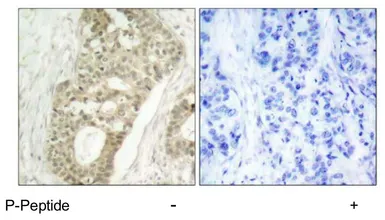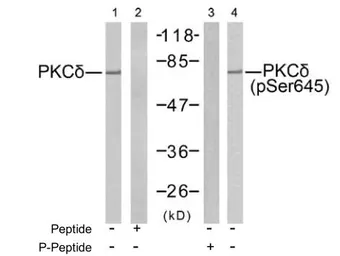PKC delta (phospho Ser645) antibody
Cat. No. GTX78968
Cat. No. GTX78968
-
HostRabbit
-
ClonalityPolyclonal
-
IsotypeIgG
-
ApplicationsWB IHC-P
-
ReactivityHuman


